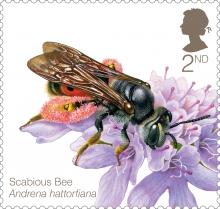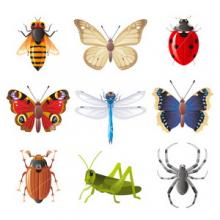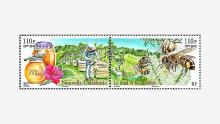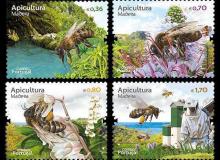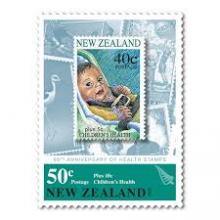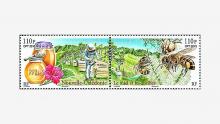Pesticide Marketed as Safe for Bees Harms Them in Study
A pesticide used to control aphids and whiteflies called flupyradifurone, sold commercially as Sivanto, harms or even kills honey bees (Apis mellifera) when exposed to low doses in combination with a fungicide, according to the results of laboratory experiments published on April 10 in the Proceedings of the Royal Society B. The researchers find that when honey bees encounter both FPF and a commonly used fungicide, propiconazole (PRO), the effects are worse than FPF alone.


